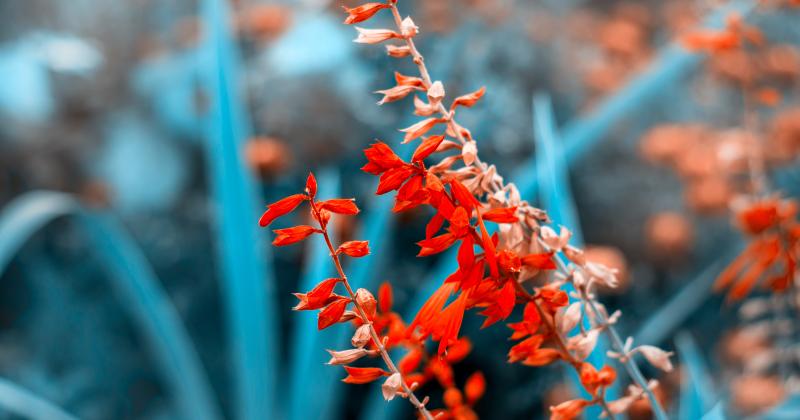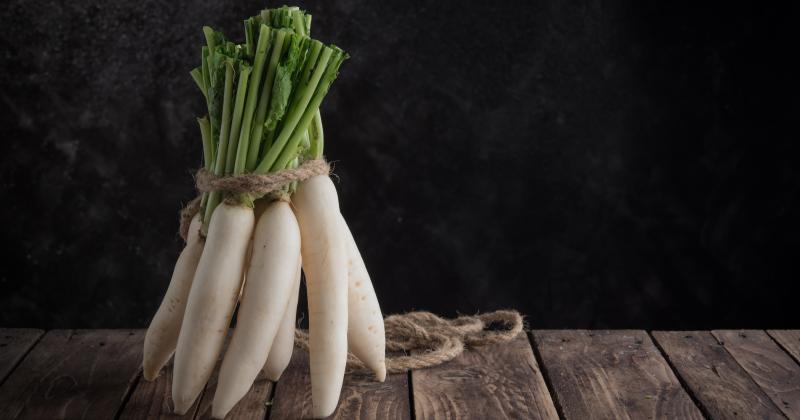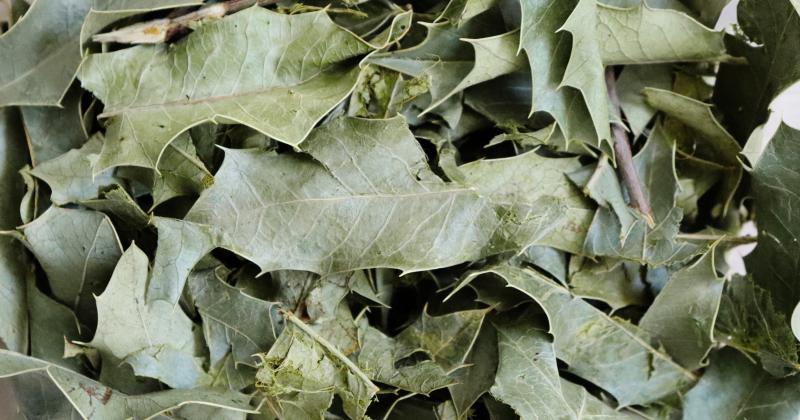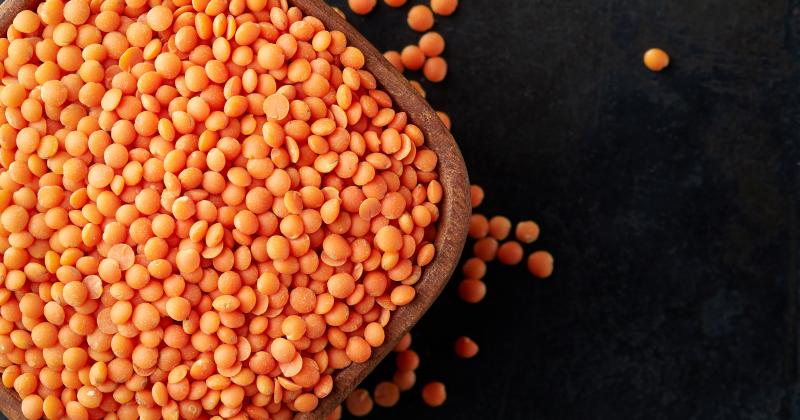RASPBERRY ESSENTIALS: THE WORLD OF RUBUS IDAEUS
 />
/>
Raspberries are a rich source of various nutrients and phytochemicals. They contain essential vitamins such as Vitamin C, Vitamin E, and folic acid. Minerals like potassium, magnesium, and calcium are also present in significant amounts. read more ›
QUASSIA AMARA: BOTANY, HISTORY, AND TRADITIONAL INSIGHTS
 />
/>
Quassia Amara, commonly known as Quassia, is a plant noted for its distinctive botanical features. It belongs to the family Simaroubaceae and is native to the Caribbean and parts of South America. This small tree or shrub typically grows to a height of about 3 meters. read more ›
AGRIMONY: EXPLORING NATURE'S HERBAL TREASURE TROVE
 />
/>
Agrimony has a long and storied history of medicinal use dating back to ancient times. It was highly regarded by the ancient Greeks and Romans, who used it for various health purposes. In medieval Europe, it was a staple in the herbal pharmacopeia and was often referred to as "St. John's herb" or "church steeples" due to its use in herbal remedies during the Feast of St. John. Agrimony was believed to have protective and healing properties, and it was hung in homes to ward off negative energy and illnesses. read more ›
BITTER ORANGE: EXPLORING THE ENIGMATIC CITRUS
 />
/>
Bitter Orange has a rich historical background, dating back centuries. It is believed to have been introduced to Europe by Arabian traders during the Middle Ages. The fruit quickly gained popularity for its culinary and medicinal uses. Bitter Orange was also a symbol of good fortune and prosperity in various cultures. In addition to its culinary contributions, the fruit's essential oil has found applications in perfumery, adding a zesty and refreshing note to fragrances. read more ›
TARRAGON: A CULINARY HERB WITH A WEALTH OF TRADITION AND FLAVOR
 />
/>
The use of tarragon dates back centuries and is interwoven with a tapestry of folklore and practical application. Believed to have originated in Asia, tarragon found its way to Europe where it became a staple in many cuisines, especially French. It was traditionally used to stimulate the appetite and was a common component in the gardens of monasteries where herbs were cultivated for both seasoning and preservation. read more ›
GOLDEN BLOOMS OF WELLNESS: UNVEILING THE SECRETS OF AVARAM
 />
/>
Cassia auriculata belongs to the Fabaceae family, a family rich in flowering plants primarily recognized for their pod-bearing fruit. Avaram is a small, shrub-like plant, usually growing to a height of 1-2 meters. The leaves are compound, with oblong leaflets that are smooth on the surface. Its bright yellow flowers, arranged in dense racemes, are one of its most defining features. The plant also bears seed pods which are curved, smooth, and green to brown in color. read more ›
DAIKON: AN INSIGHT INTO THE VERSATILE RADISH
 />
/>
Daikon, also known as the white radish or winter radish, is a root vegetable that is native to Southeast and East Asia. Morphologically, daikon boasts a long, cylindrical shape that tapers to a point. Its skin is smooth and ranges in color from white to pale green, while its flesh is crisp, juicy, and stark white. read more ›
ESPINHEIRA SANTA: NATURE'S BLESSING
 />
/>
Espinheira Santa, scientifically known as Maytenus Ilicifolia, is a plant indigenous to South America, particularly in the rainforests of Brazil, Argentina, and Paraguay. It is a medium-sized shrub or small tree that can reach heights of up to 5 meters. read more ›
NIGHT BLOOMING CEREUS: THE MARVEL OF MOONLIT BLOOMS
 />
/>
Night Blooming Cereus, scientifically known as Cereus grandifloras, has captivated the hearts and souls of nature enthusiasts for centuries. With its ephemeral nocturnal blossoms and intriguing chemical makeup, this unique plant not only paints a spectacular visual display but also offers numerous health benefits. read more ›
THE ALLURING WORLD OF RED LENTILS: AN OVERVIEW
 />
/>
Red lentils, with their vibrant hue and myriad of health benefits, have been a staple in many global cuisines for thousands of years. Beyond just being a food source, they are a testament to the interconnectedness of culture, history, and nature. read more ›
Showing 1 to 10 of 10 (1 Pages)
